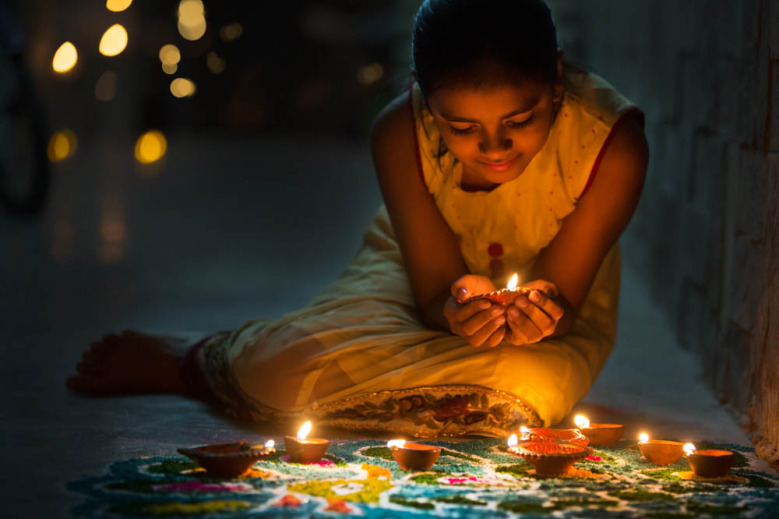Holiday Celebrations Around the World: India and Korea

India
Bhuvanesh Awasthi, Postdoctoral Fellow at the Centre for Cognition and Decision Making: "I wish my colleagues a brighter and lighter New Year on the planet and that their hearts shall be filled with contentment."
“The New Year is celebrated in various parts of culturally diverse India in equally diverse ways. Besides the Gregorian New Year on January 1st, which is celebrated all over the country, there are others based on different calendars, traditions and religious festivals. Many of these coincide with harvest festivals, the change of lunar cycles or the vernal equinox. The adherents of Sanatana Dharma (also called Hindus) as well as the Sikhs celebrate the New Year in mid-April. This is the day when the Sun enters into the constellation Aries. It is celebrated variously in several states of India. At times, the dates may vary in accordance with a particular calendar. Besides being a grand festival of lights with religious and cultural significance, Diwali (in October or November) is also celebrated as a New Year by the merchant community — more commonly amongst the Gujaratis, Marwaris and Jains, signifying hope and new beginnings. The Zoroastrians celebrate Navroz (mid March), Rosh Hashanah (mid September) is celebrated by the Jewish community and Moharram is the New Year in accordance with the Hijri Islamic calendar. Most festivities include activities and greetings of goodwill, the cleaning and decoration of homes and front doors, new clothes, exchange of sweets, gifts and visit to temples, mosques and synagogues, organizing feasts and dances, donations to the needy and the initiation of new ventures. Importantly most of the above are national holidays, too!”
Korea
Spring H. Han, Assistant Professor at the Faculty of Management: "Although we are facing turbulent times I wish that the New Year comes with glows of hope in our minds. Wishing everyone a promising, fulfilling and very happy new year in 2015! “새해 복 많이 받으세요” “새해 복 많이 받으세요"

“In Korea, people celebrate both the calendar new year as well as the Lunar New Year, also known as the Chinese New Year. Lunar New Year is typically a family holiday, a time to visit family or make a visit to your hometown. Many Koreans dress up in colorful traditional clothing and perform an ancestral ritual. On New Year’s Eve, a huge crowd gathers near Bosingak, a pavilion in Seoul famous for its bell. They count down the seconds to midnight and listen to the traditional ringing of the big bell 33 times. On January 1, people love to see the sun rising over the sea or from a mountain top! People make a wish and a resolution to do something in the New Year.”
The full text of the issue can be found in The HSE LooK 10 (17), December 2014. If you are not on our regular mailing list yet, please subscribe and get fresh issues of bulletin every month!